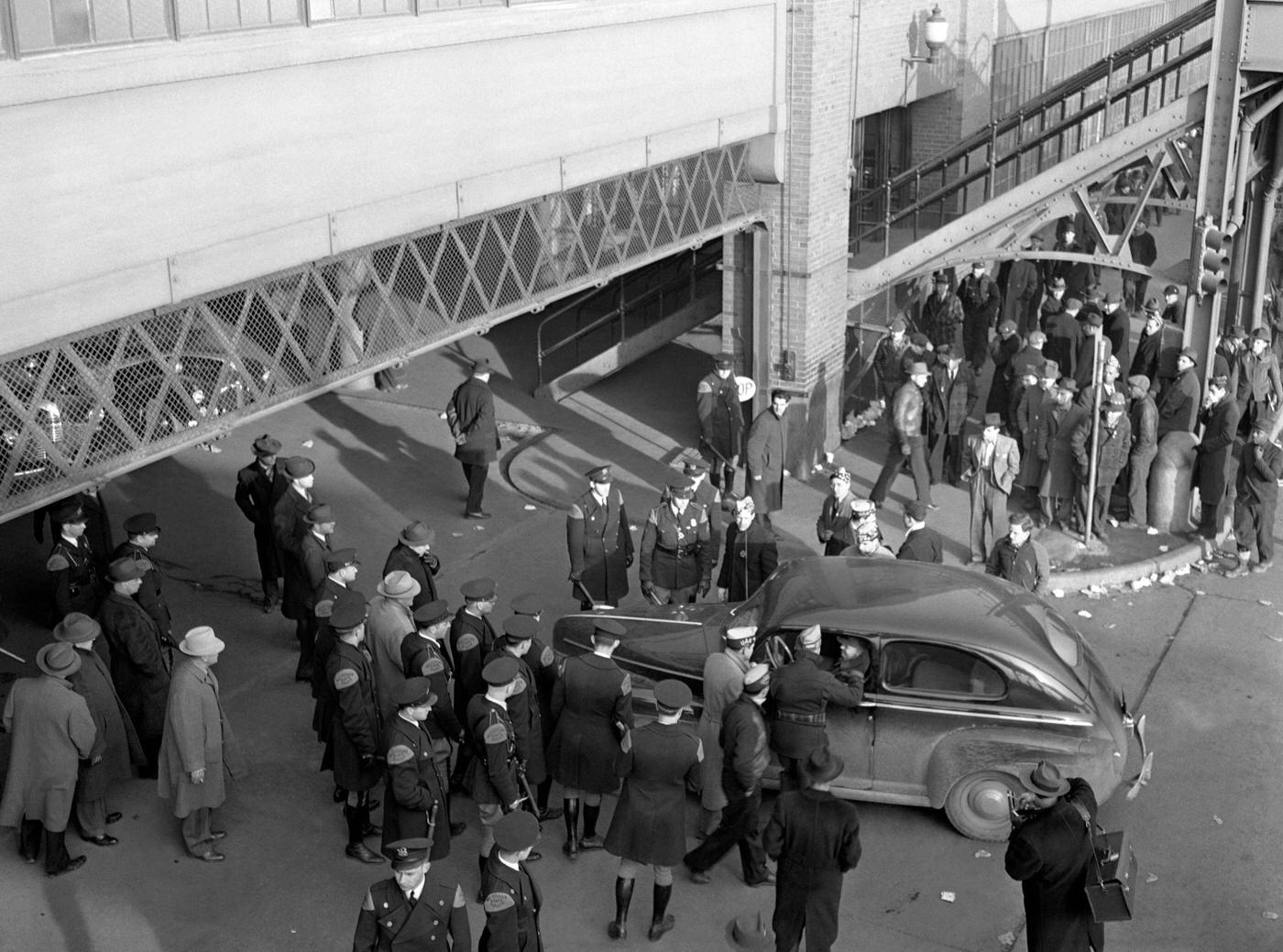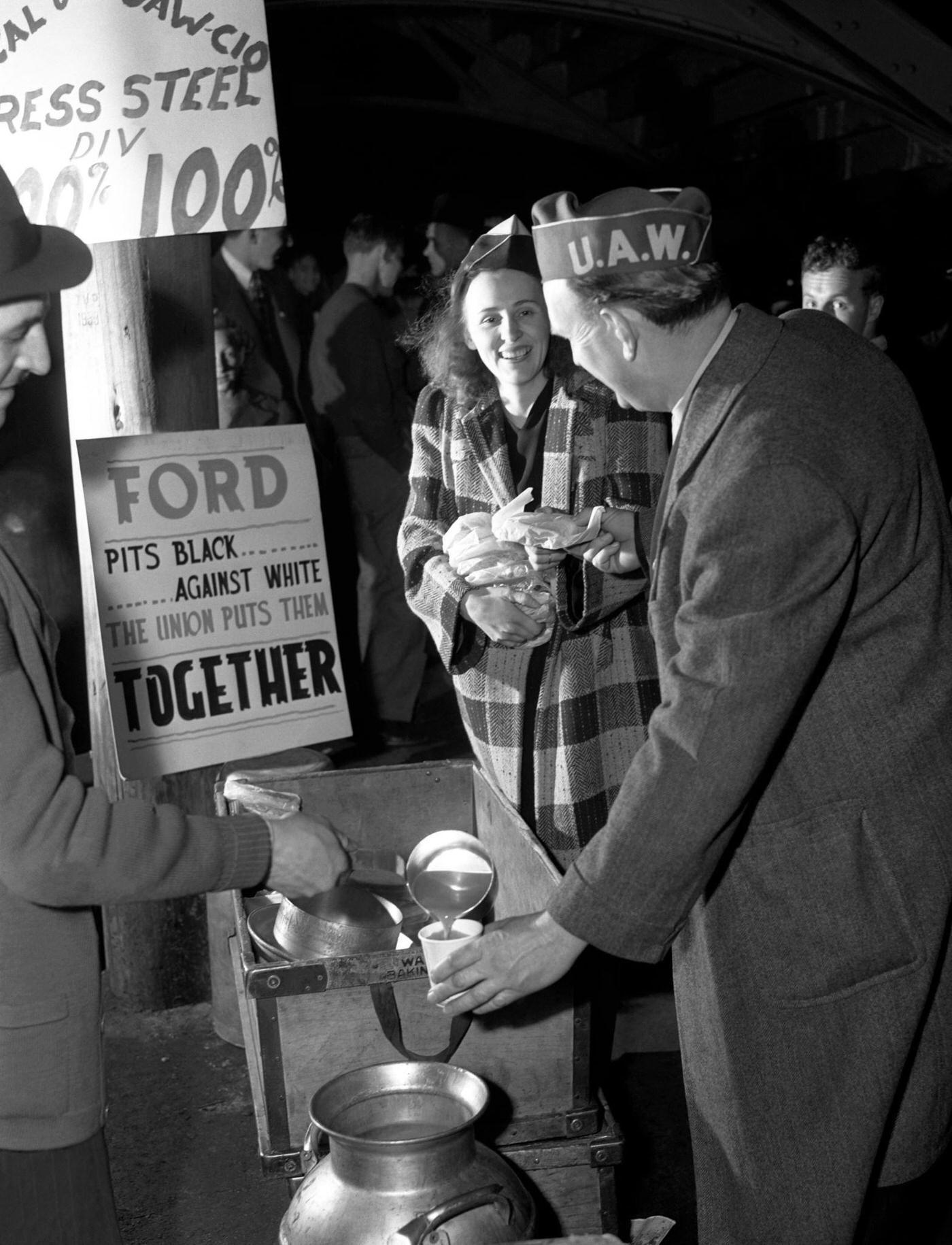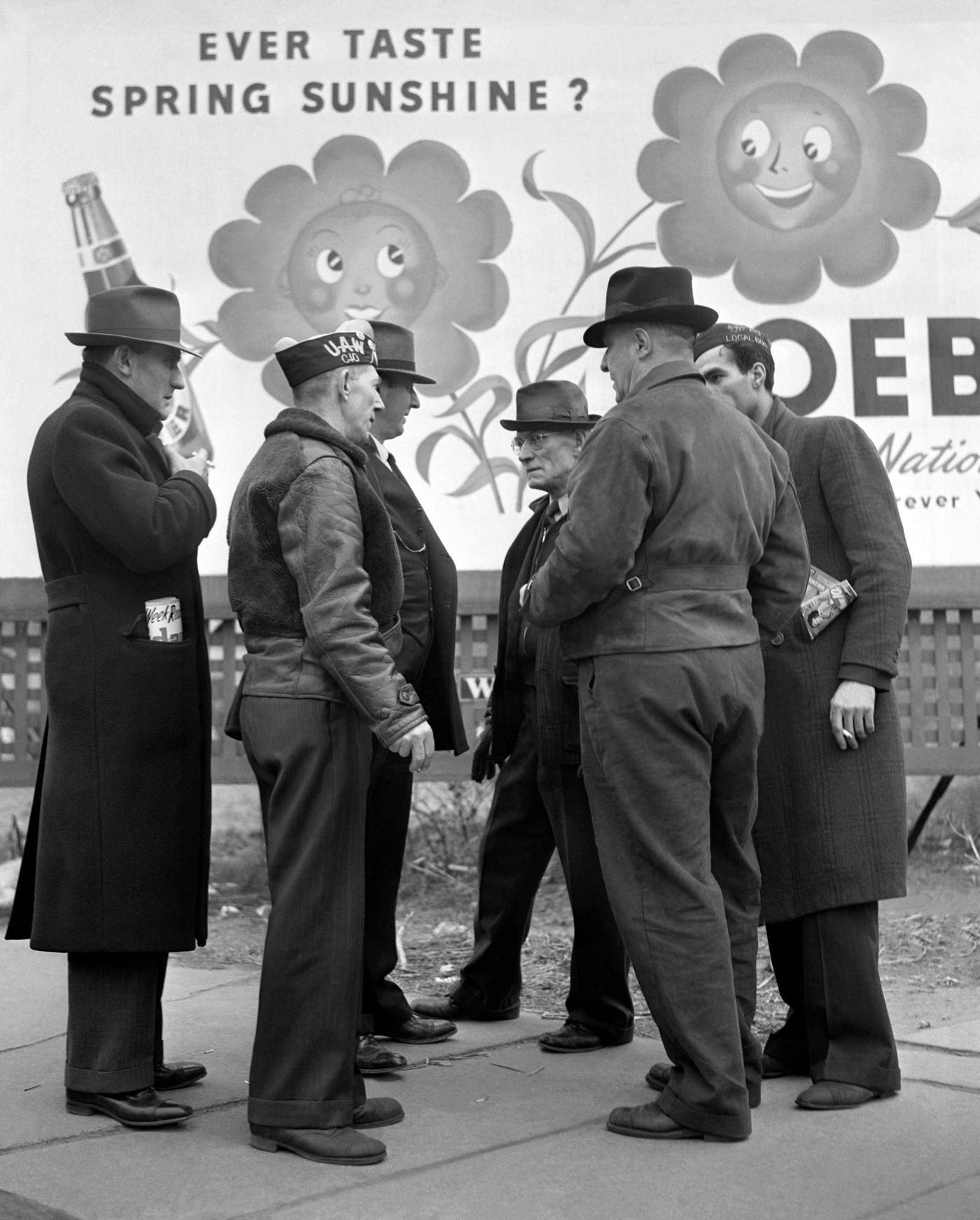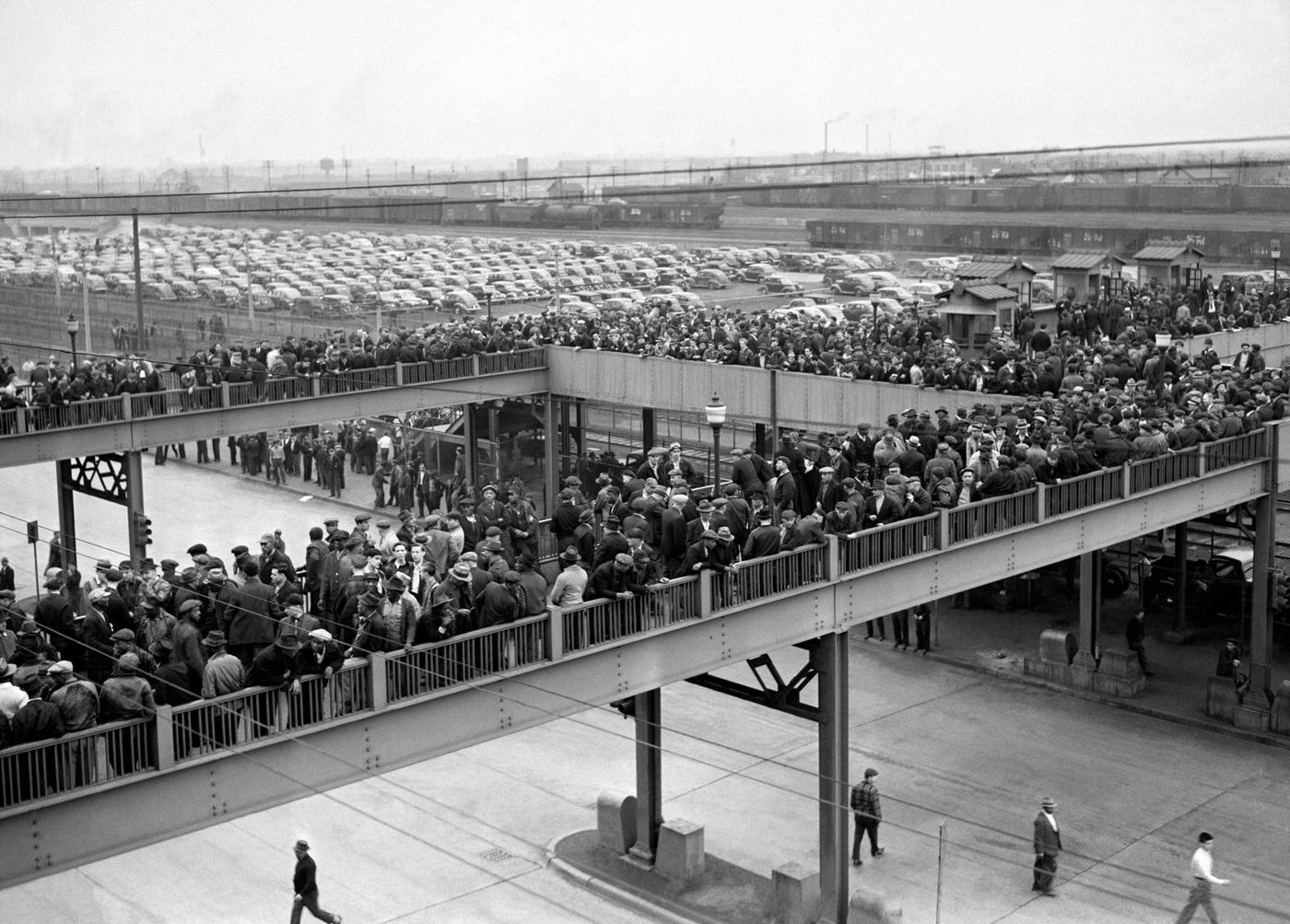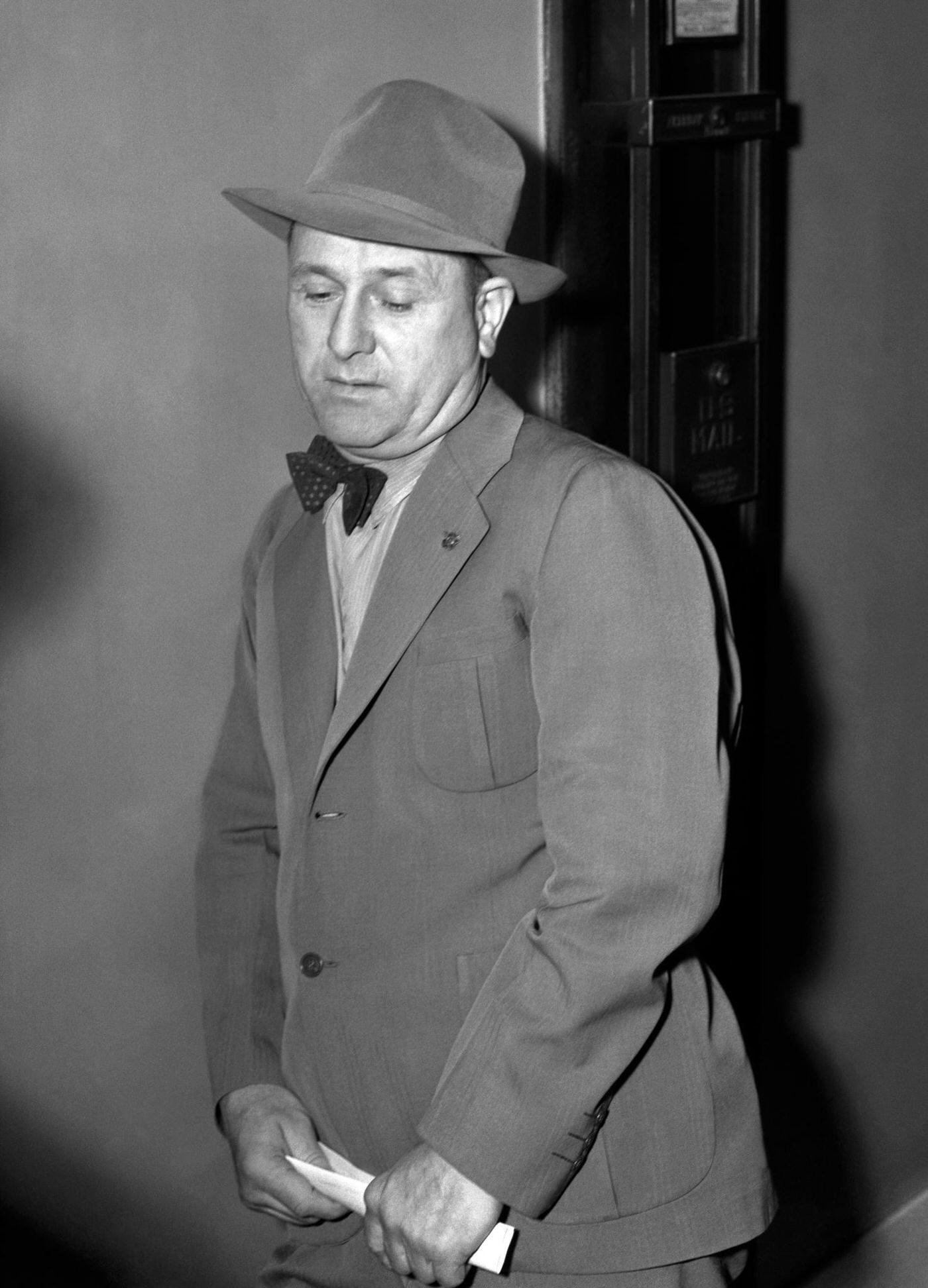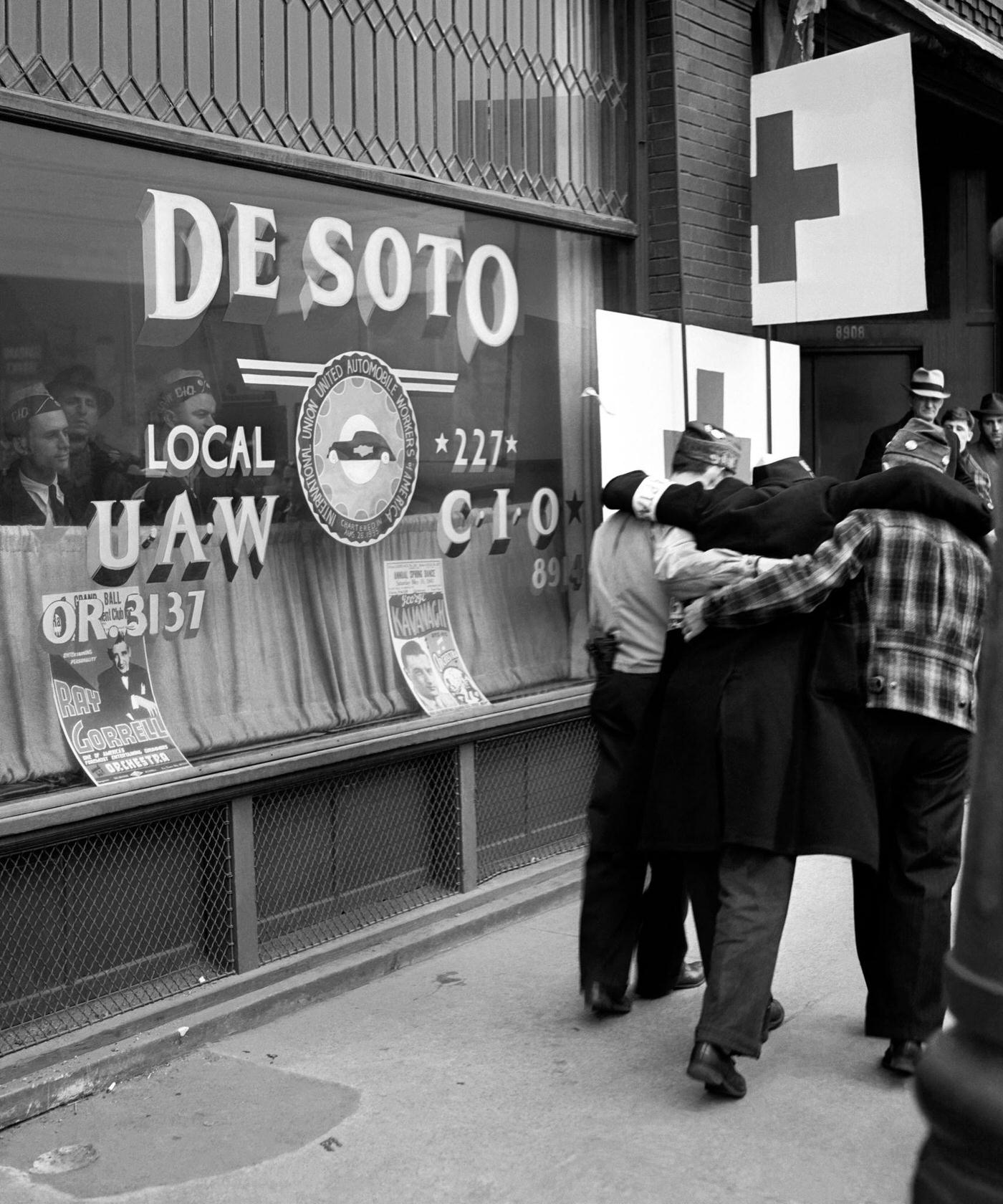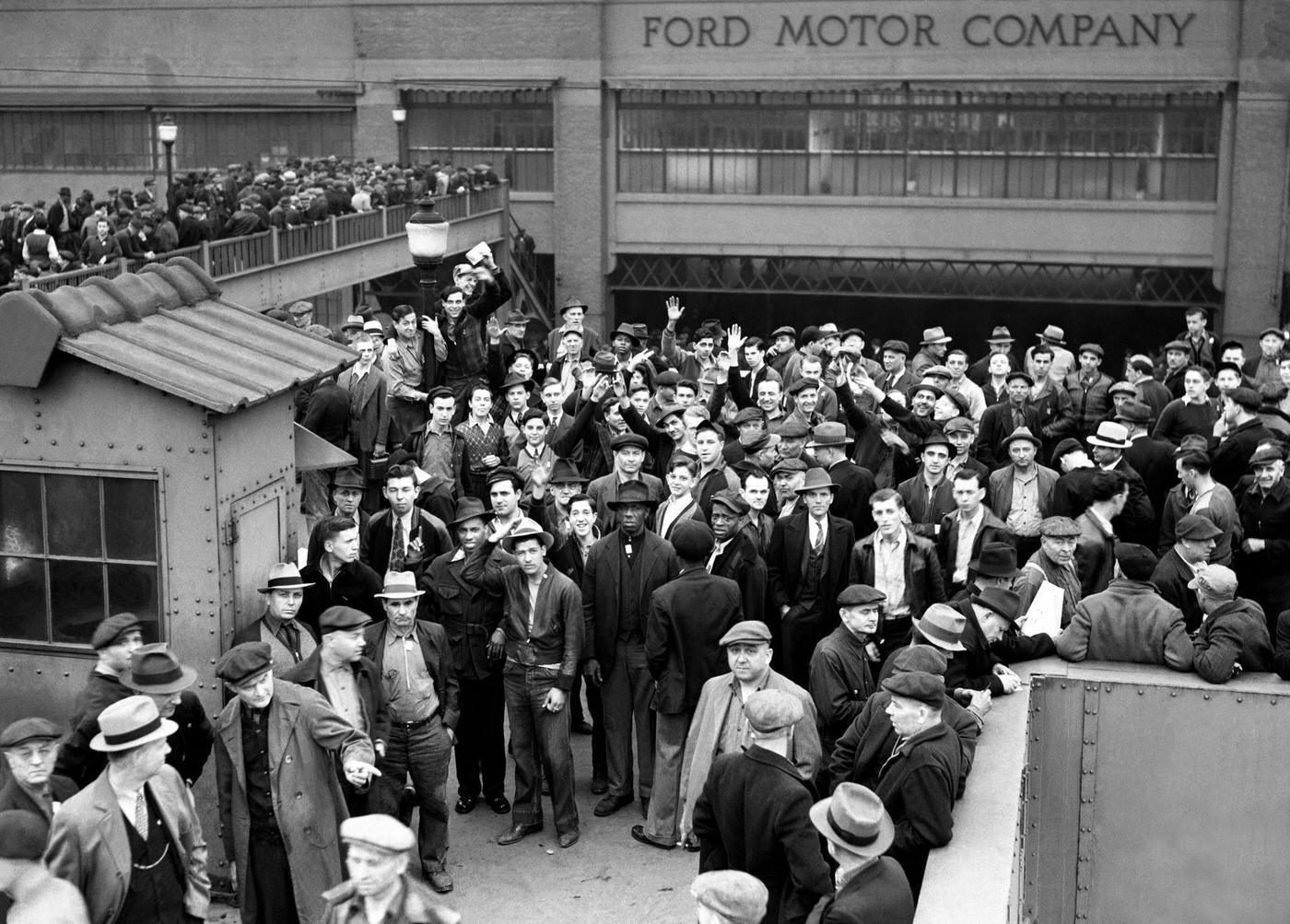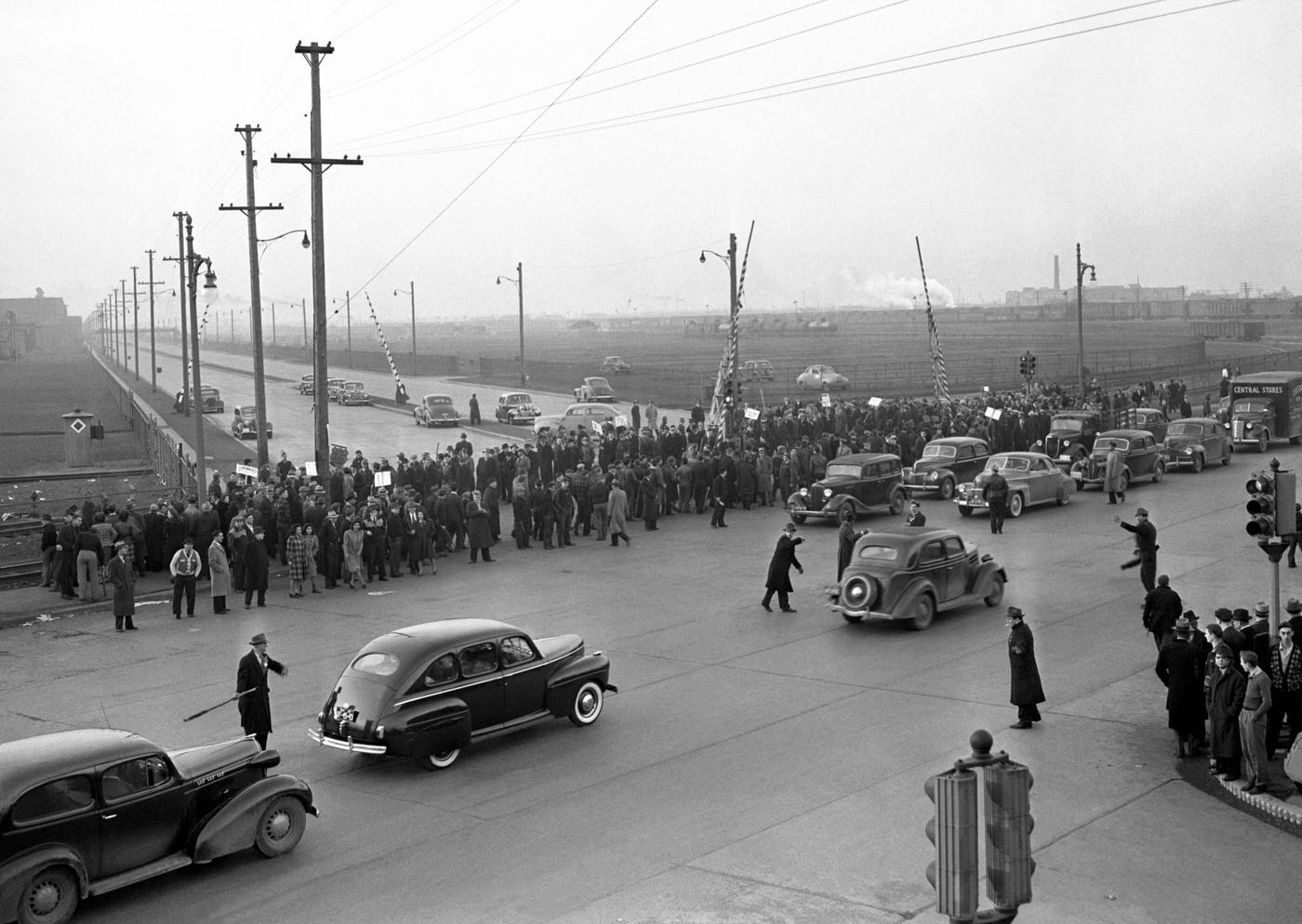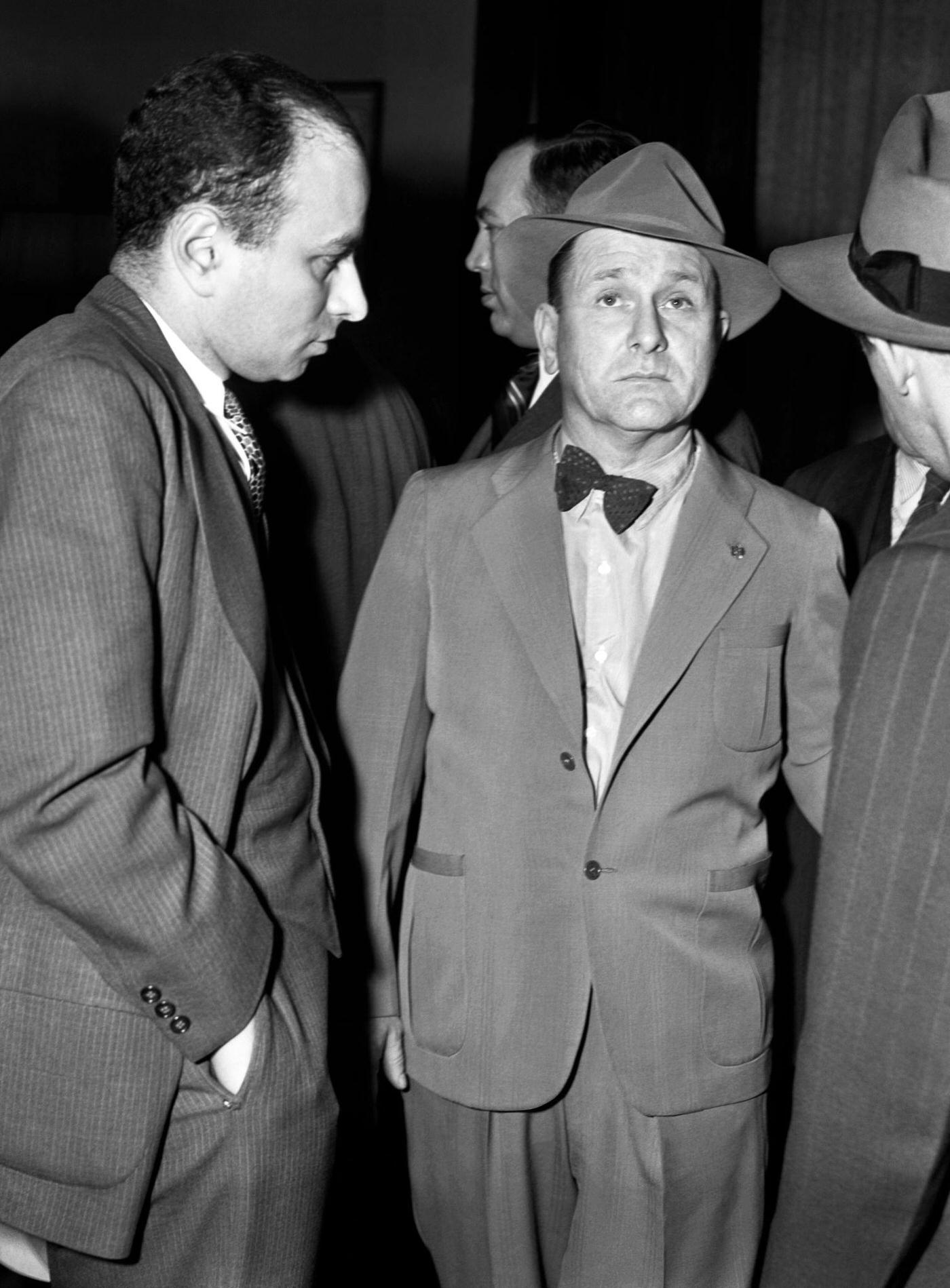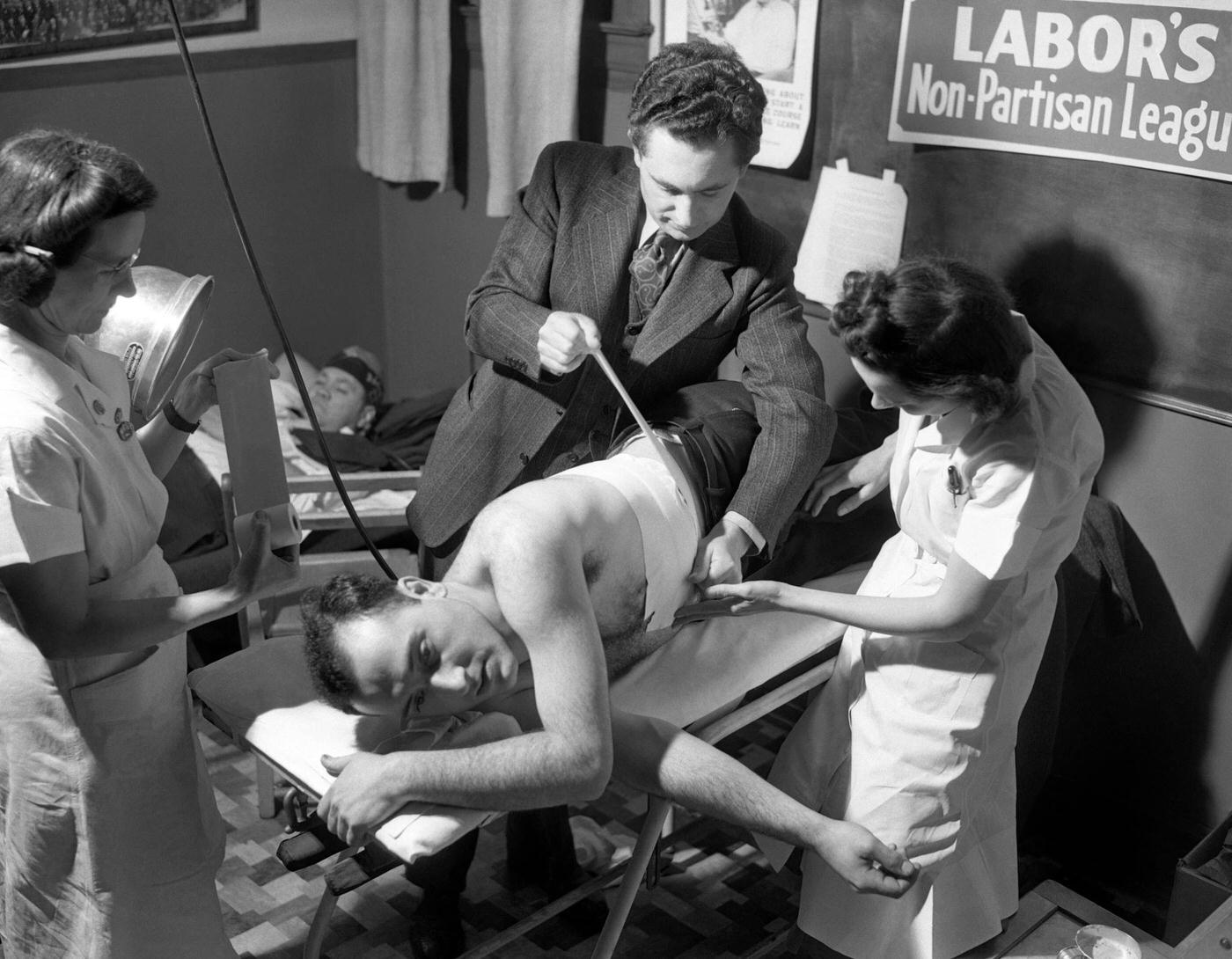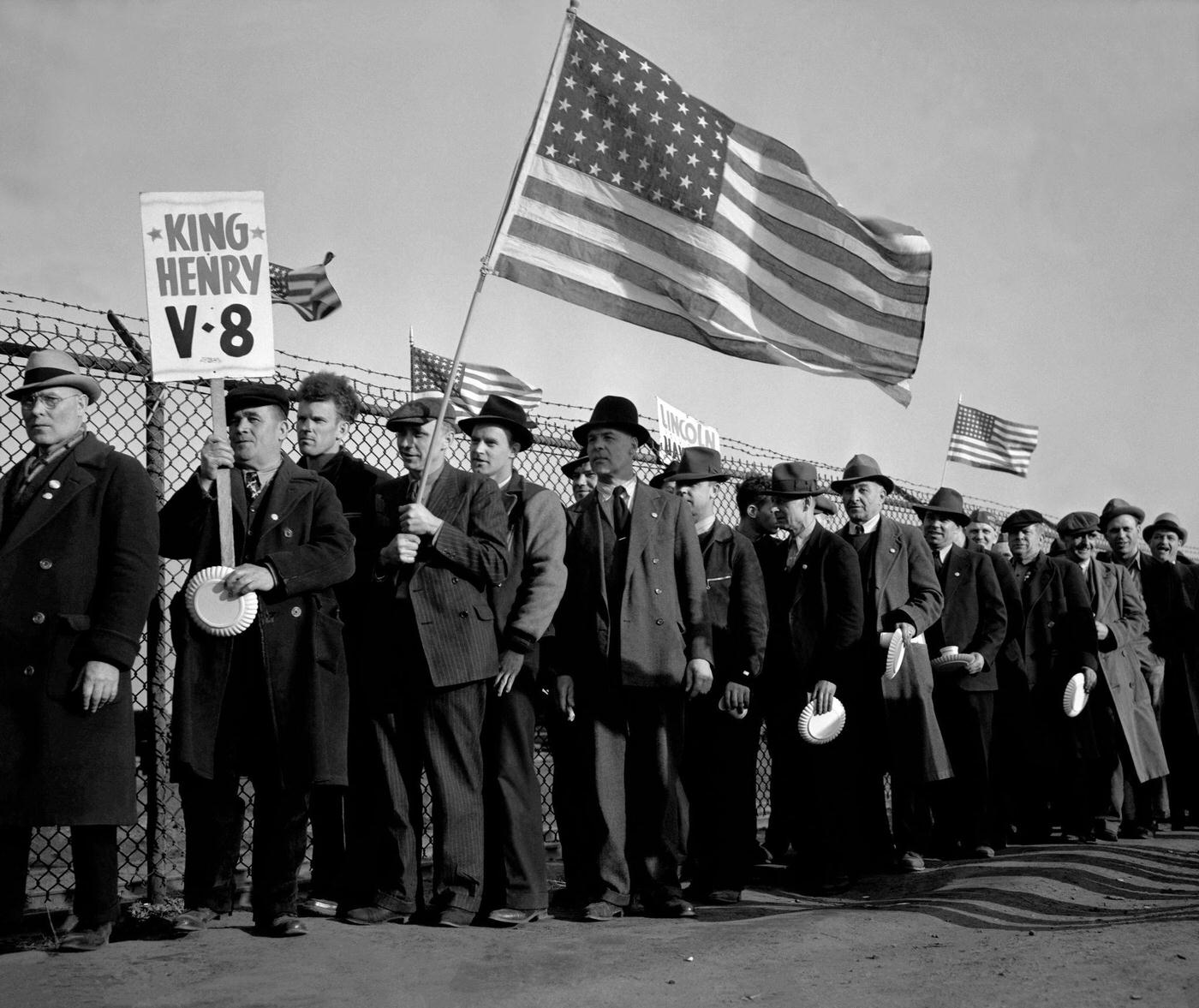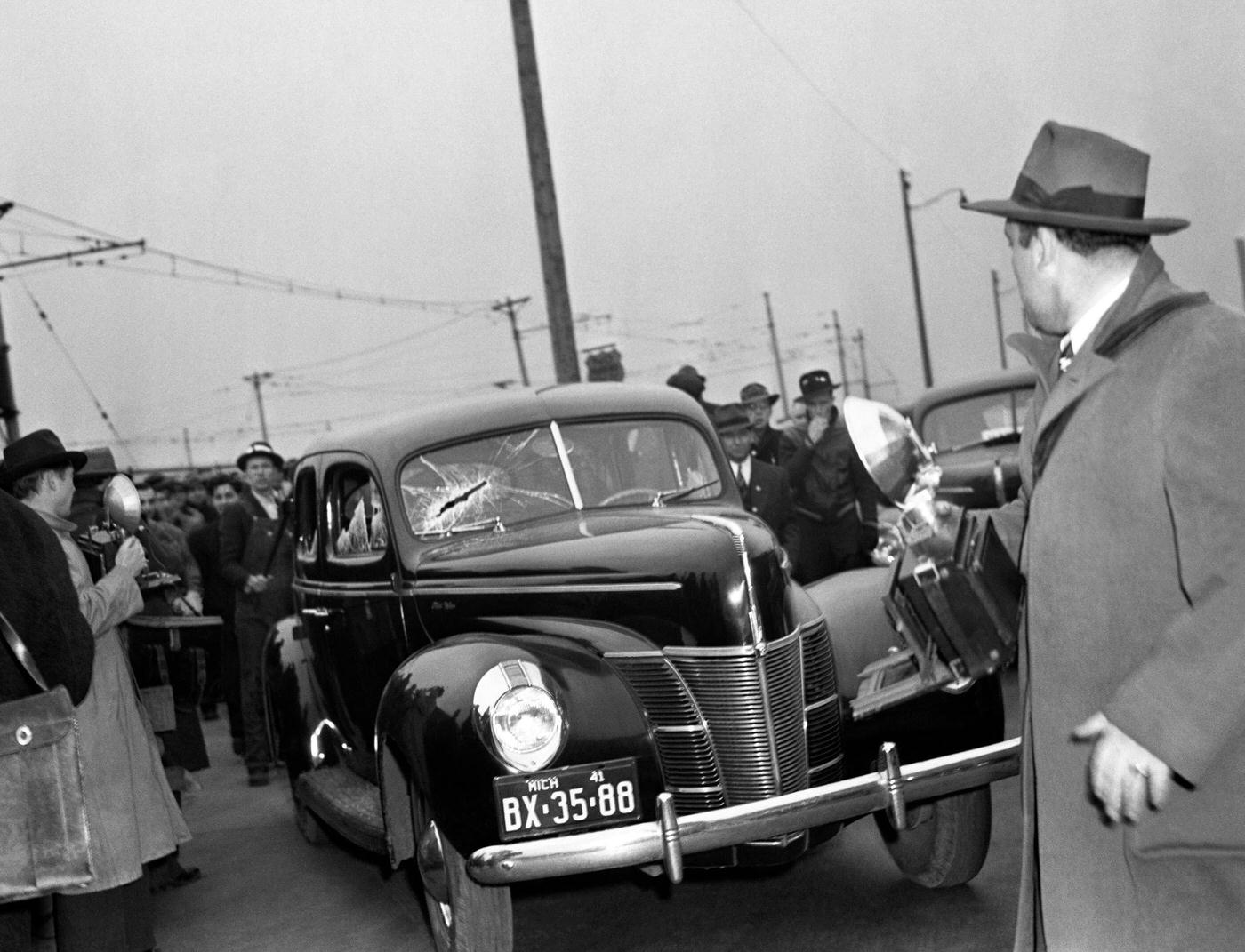Ford Motor Company, a titan in the automotive world, was led by Henry Ford, a man known for his innovation and stubborn resistance to labor unions. Despite the growing influence of unions across the industry, Ford remained the last major automaker to resist unionization. But the workers had other ideas.
Tensions had been simmering for years. While Ford had revolutionized the industry with his assembly line and $5-a-day wage, conditions within his factories were far from ideal. Workers often faced long hours, monotonous tasks, and the looming threat of Ford’s notorious ‘Service Department’, a kind of internal police force known for its harsh treatment of employees.
As dissatisfaction grew among the workers, the United Auto Workers (UAW) saw an opportunity to step in. This burgeoning labor union had already made significant inroads in General Motors and Chrysler, and Ford was their next target.
In April 1941, the tension reached its peak when eight workers were fired from the River Rouge plant. The UAW responded by calling a strike. More than 85,000 workers walked out of Ford’s factories, crippling the company’s production. The scale of the strike was unprecedented, but so was the solidarity among the workers.
Ford was now in a tight spot. On one hand, he was facing a massive production halt, and on the other, the United States was edging closer to entering World War II, a conflict that would require an enormous production of military vehicles.
Henry Ford, a staunch pacifist, had been reluctant to shift his company’s focus to war production. But with the strike and the mounting pressure from the government, he had little choice. His wife, Clara Ford, and President Roosevelt played key roles in persuading him to negotiate with the UAW.
After a week of negotiations, Ford agreed to a contract with the UAW. The fired workers were reinstated, and the UAW was recognized as the sole bargaining agent for Ford’s employees. This was a monumental victory for the labor movement, marking the end of Ford’s staunch anti-union stance and setting a precedent for fair labor practices within the industry.
The 1941 Ford strike was a turning point not only for Ford Motor Company but for the entire American labor movement. It demonstrated the power of collective action and marked the beginning of a new era in labor relations. The workers of Ford stood together, fought for their rights, and won. Their courage continues to inspire us, reminding us of the importance of standing up for fair and equitable working conditions.


